AARP Hearing Center

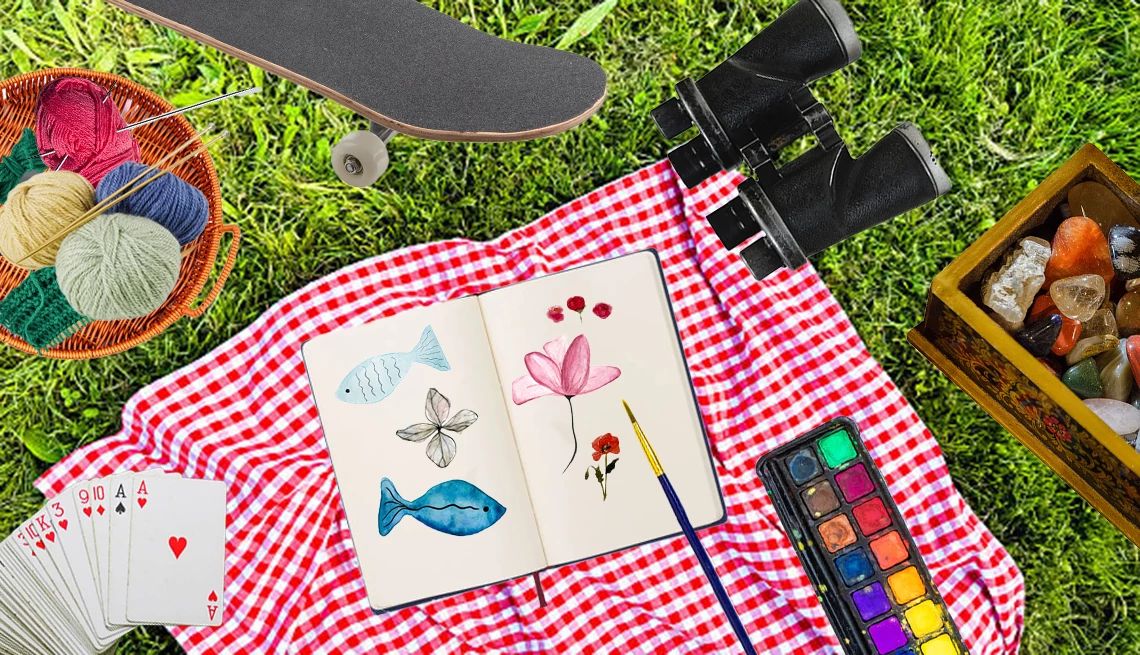
Remember your carefree childhood days riding bikes, climbing trees and making friendship bracelets? Unfortunately, adulting — kids, work, never-ending home repairs — can get in the way of doing what you want to do, including all those fun hobbies you used to have.
The good news is that it’s never too late to rekindle a childhood hobby. And your older years may be the perfect time to get back to it.
Why? It can be great for your aging mind and body. Hobbies are associated with fewer symptoms of depression and higher life satisfaction among older adults, according to a 2023 study in the journal Nature Medicine.
Hobbies are also a form of play, which is “so much more than an activity,” says Maxwell Hartt, principal investigator of the multinational research project Aging Playfully. As part of the project, Hartt studied adults 55-plus in Florida. Those who participated in activities were less lonely, socialized better and experienced greater physical well-being.
Want to rekindle a childhood hobby — or try one you wish you’d started before? Here are nine to consider.
Game on!
If you haven’t gamed since you held a joystick while playing Pong or Space Invaders, you’re in for an education. Modern gaming is a whole new world of precision, immersive soundscapes and personalized play.
Kim Saviano, a 54-year-old software developer based in Denver, remembers the “chonky black-and-white, not even stick figures, but it fired my imagination.” Today, Saviano loves that video games “make you feel like you are accomplishing something with your downtime.”
And while the main reason older adults game is to pass the time, the second-most-popular reason is to stay mentally sharp, according to a 2023 AARP study. And if you’re a grandparent, you’re much more likely to game than non-grandparents, says a 2022 AARP study.
As for health benefits, video games may lead to better cognitive function in older adults, according to a 2019 study published in the journal Gerontechnology.
“Much like muscles, the mind must also be exercised, and many video games today create opportunities to do this by enhancing memory, fostering anticipation and strengthening one’s sense of purpose,” says Gregory Gomez, a therapist based in Cathedral City, California.
Feel like trying it? Visit AARP Staying Sharp's gaming center.

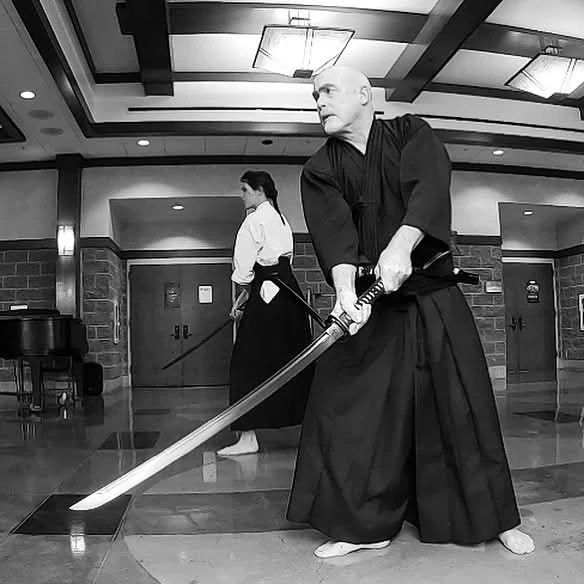
Kick-start your inner Karate Kid
Little kids heading to after-school karate dressed in their gis are adorable, but martial arts is a great hobby to revisit in your older years, too.
As a first grader, Kent Bradford, 68, a retired Marine colonel and high school science teacher living in Brentwood, Tennessee, was enrolled by his mother in a judo dojo after he was bullied. He went on to earn a 1st-degree black belt in the Marine Corps Martial Arts Program and has practiced on and off over the years. Bradford still trains twice a week in Nami-ryu, a traditional Samurai martial art that combines swordsmanship and jujitsu. He now has a black belt in that discipline, too.
Physical benefits include strength, balance, coordination and self-confidence. Bradford says he’s “probably more flexible than your average 68-year-old.”
Older people who do karate, tae kwon do, muay thai or other martial arts styles saw improved brain function, reduced anxiety and depression and an overall better quality of life, according to a 2024 study published in the International Journal of Exercise Science.
It’s also about finding balance — and not just literally, says Gordon Eilen, head instructor at Atlanta’s Tree of Life Dojo. “Younger students kick higher, while older students think deeper. Younger students move faster, while older students know patience,” says Eilen, adding that when a class has people of different ages, they can teach one another. Most martial arts studios also offer classes just for adults, if that’s your preference.
There are many distinct styles of martial arts, so do some research before deciding what kind to try and which dojo to choose.































































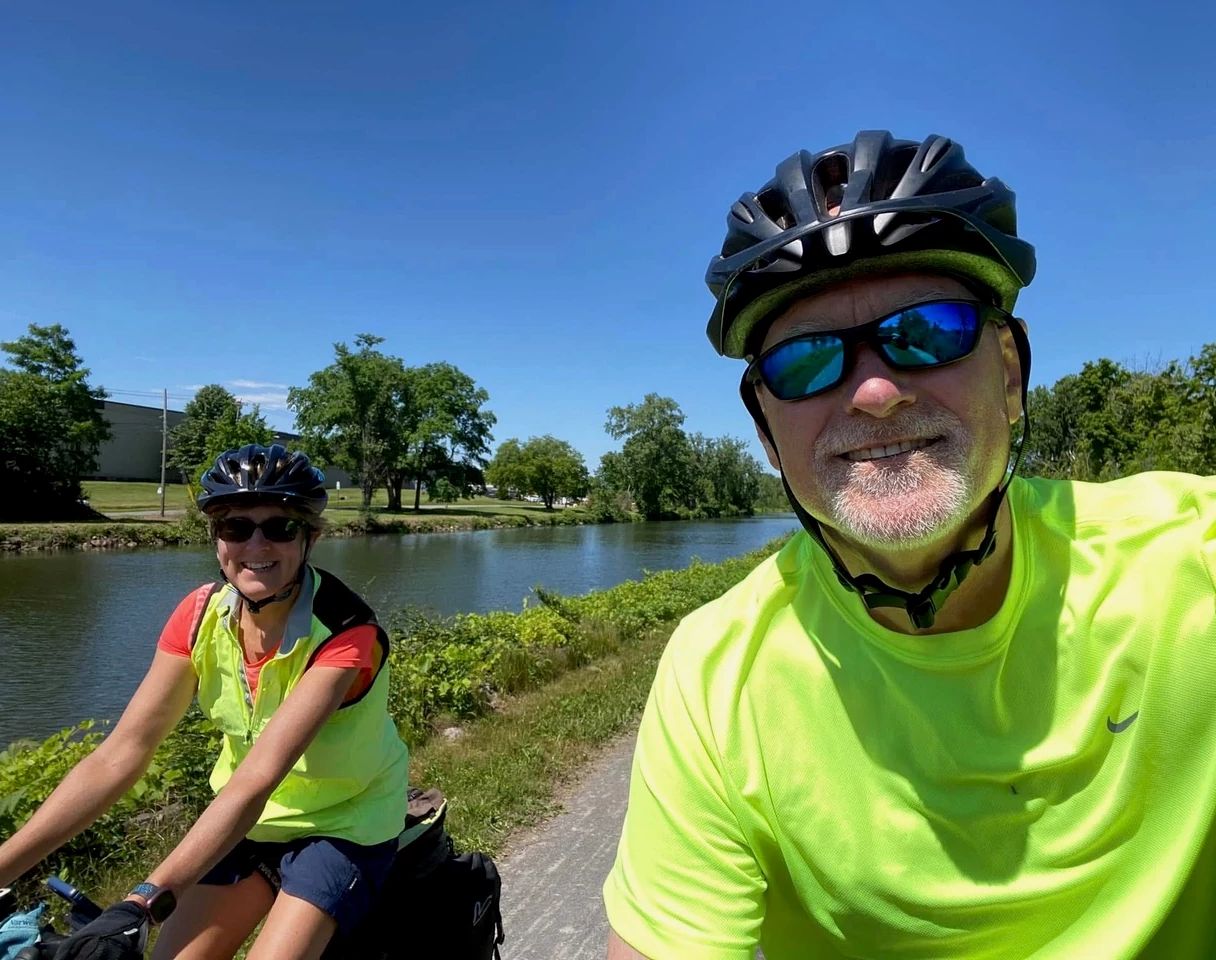
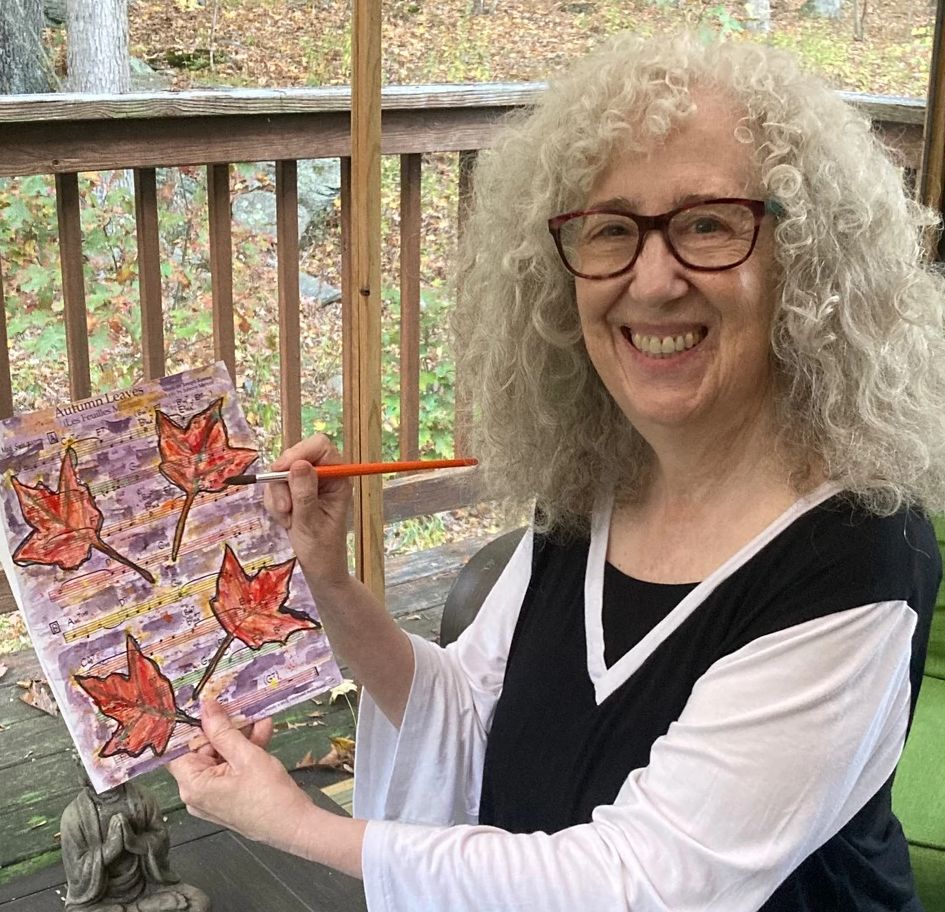


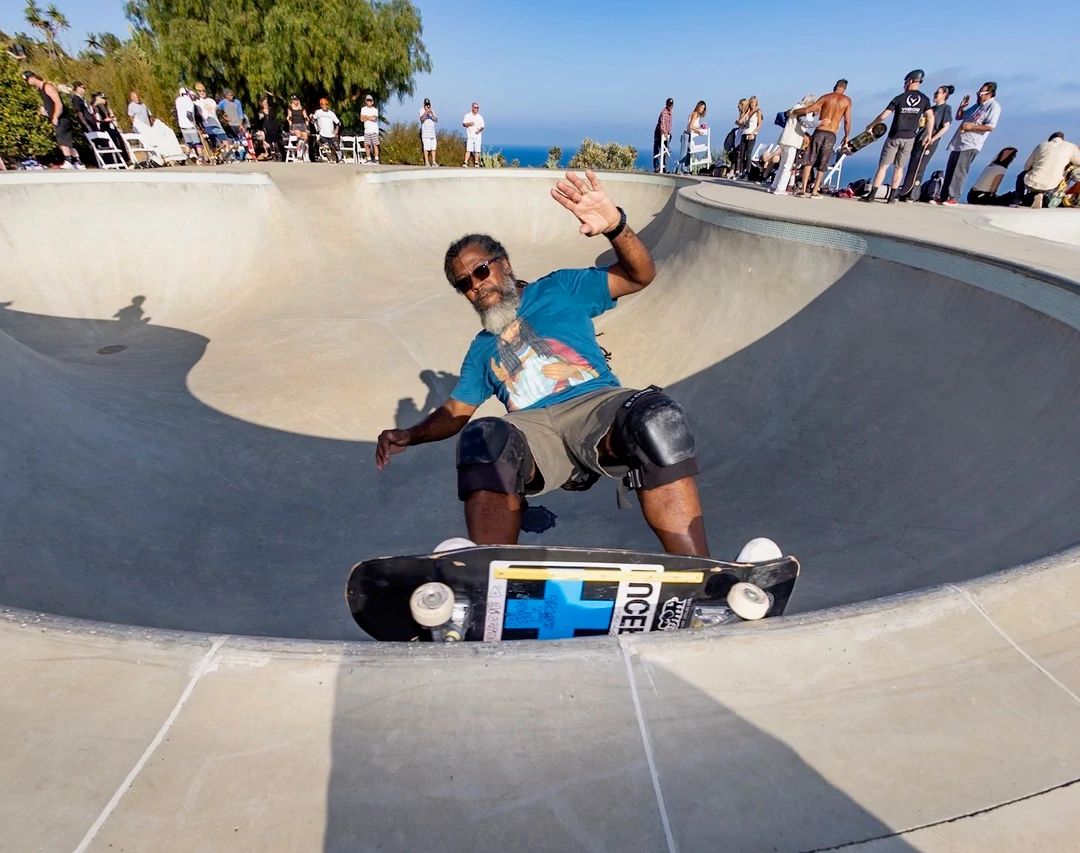
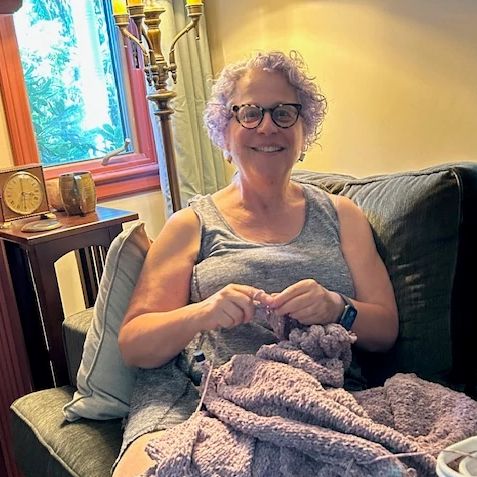

You Might Also Like
Scenes From a Boomer and Gen X Childhood
Folding a map, mastering dial-up and other life talents that deserve gold stars
AARP’s Smart Guide to Tailgating
28 tips to help you turn the stadium parking lot into an all-star party
I Turned My 65th Into a Bodybuilding Challenge
I went from Dad Bod to Bad Bod and flexed my way onto a Las Vegas stage